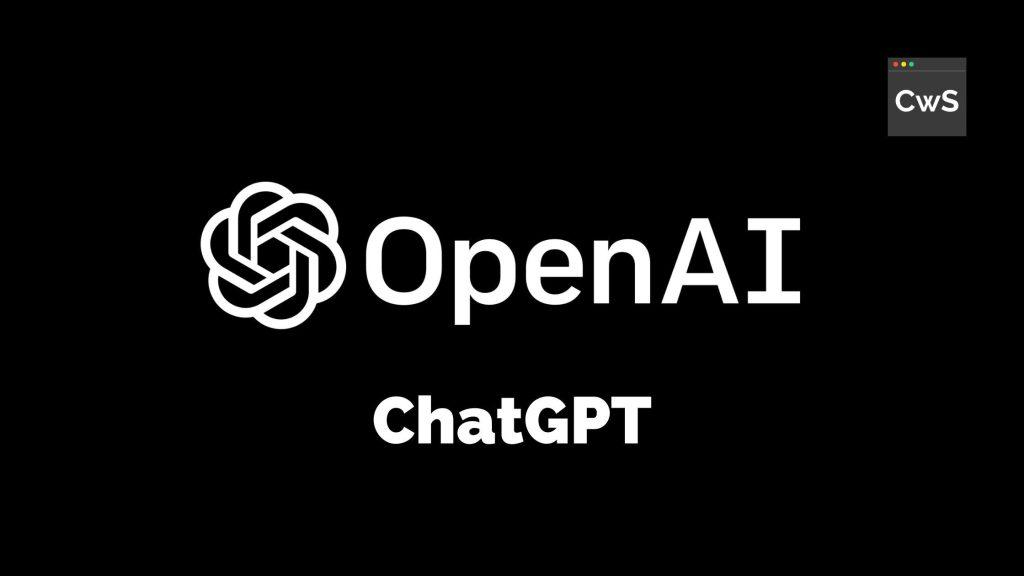Football-playing robots have received a significant upgrade. Utilizing deep reinforcement learning, powered by artificial intelligence, bipedal robots can now walk, pivot to kick a ball, and recover from falls at a much faster rate compared to robots following pre-programmed instructions.
Guy Lever and his team at Google DeepMind conducted extensive training sessions, totaling 240 hours, with battery-powered Robotis OP3 robots. Standing at approximately 50 centimeters tall and equipped with 20 joints, these robots underwent deep reinforcement learning.
This methodology integrates two fundamental principles of AI training: reinforcement learning, where agents acquire skills through trial and error, aiming to be rewarded for correct choices more frequently than incorrect ones, and deep learning, which utilizes layered neural networks—aiming to emulate the human brain—to analyze patterns within the provided data.
In their study, the researchers compared the performance of their robots with those following pre-scripted commands. The robots trained using deep reinforcement learning exhibited remarkable improvements, walking 181% faster, turning 302% quicker, kicking a ball 34% harder, and recovering from falls 63% faster in one-on-one games. Lever notes, “These behaviors are incredibly challenging to manually design and script.”














